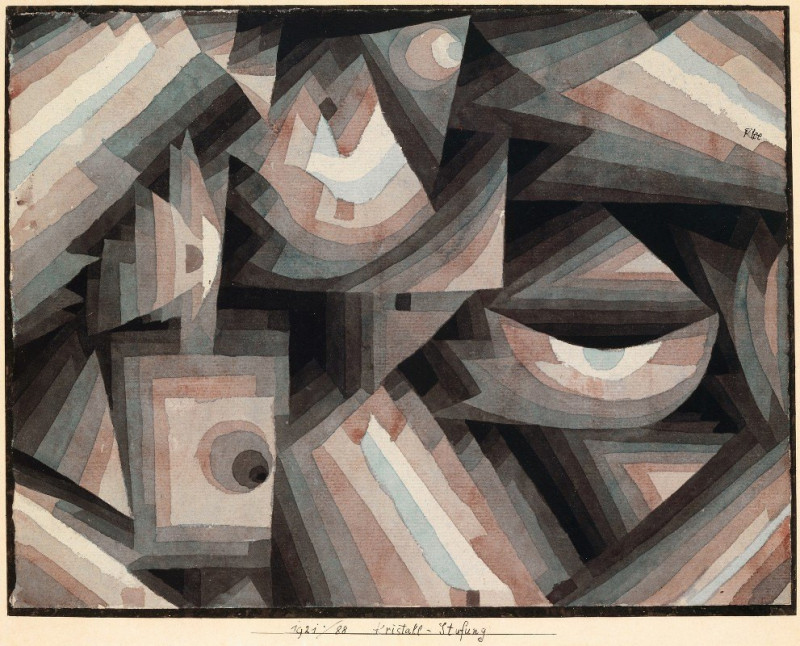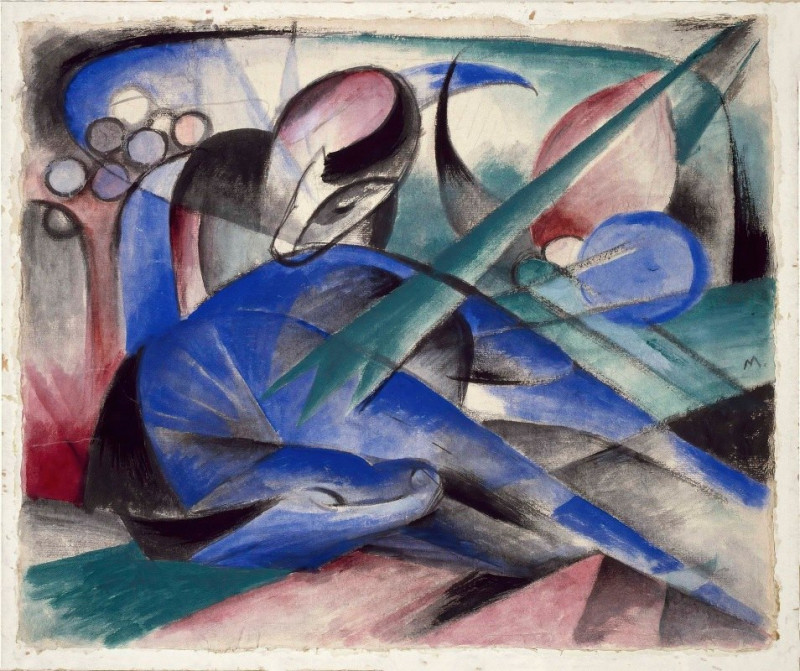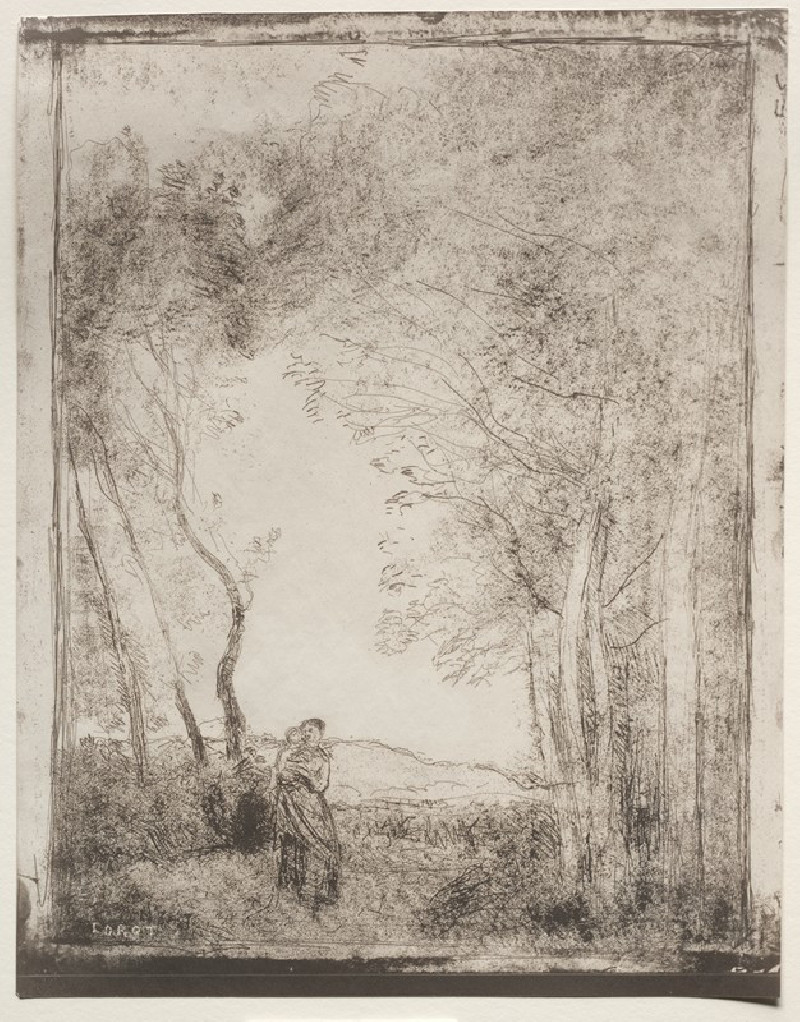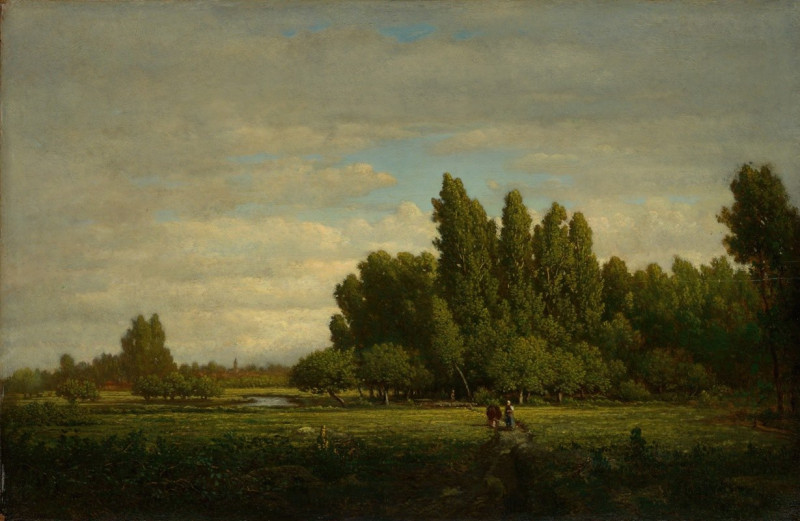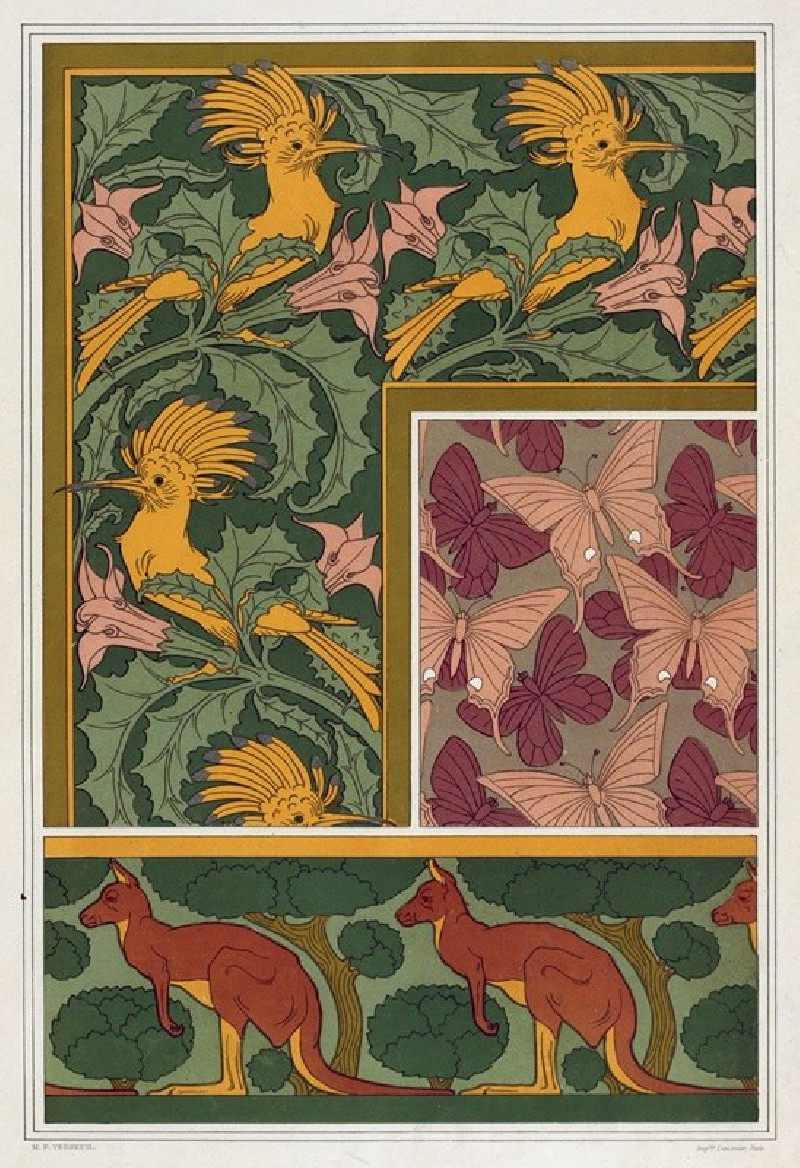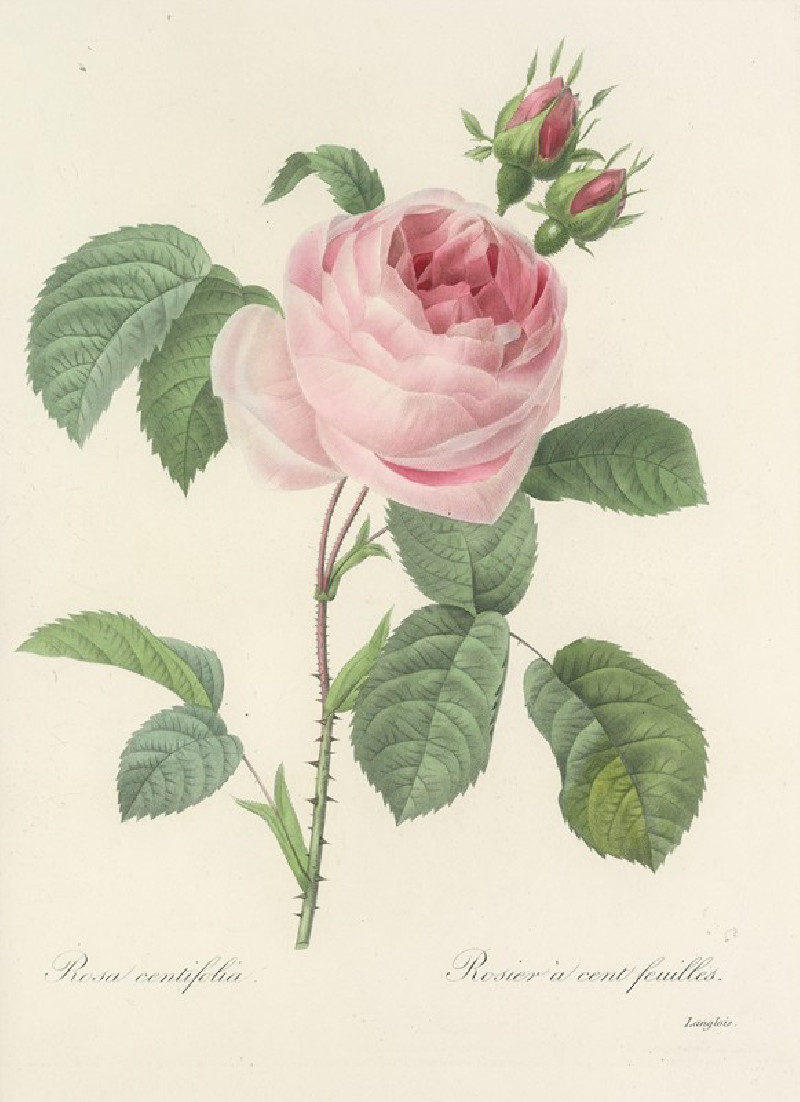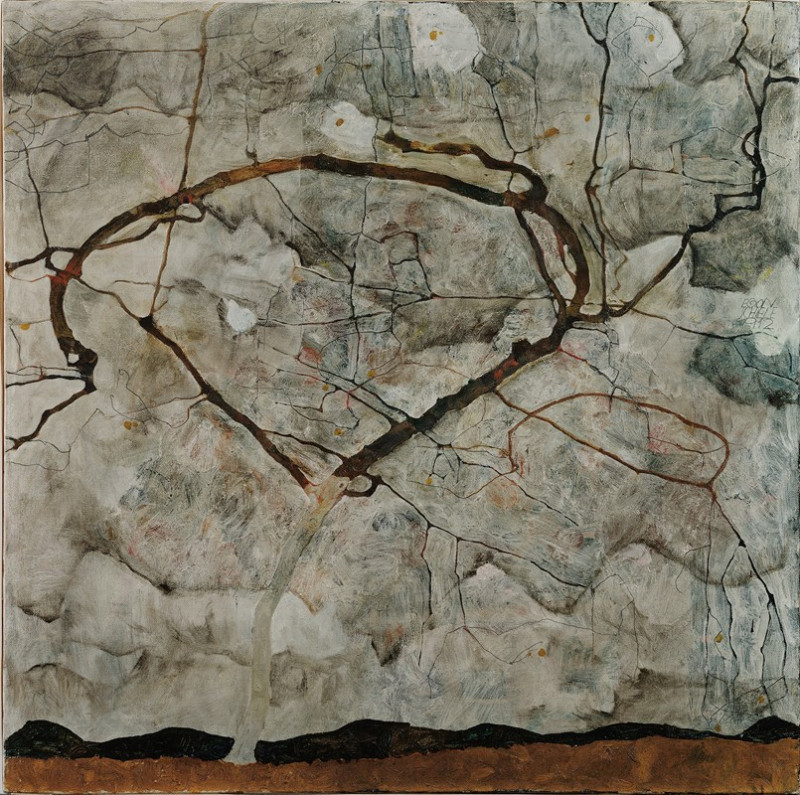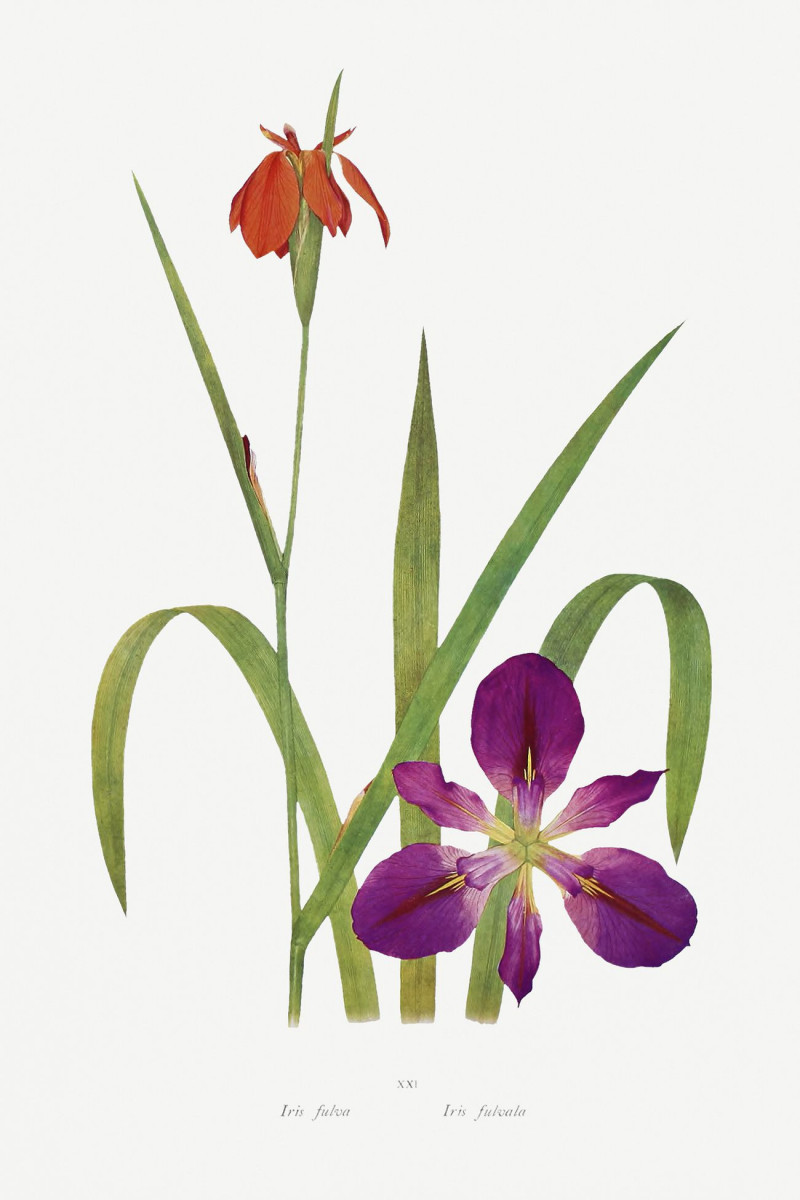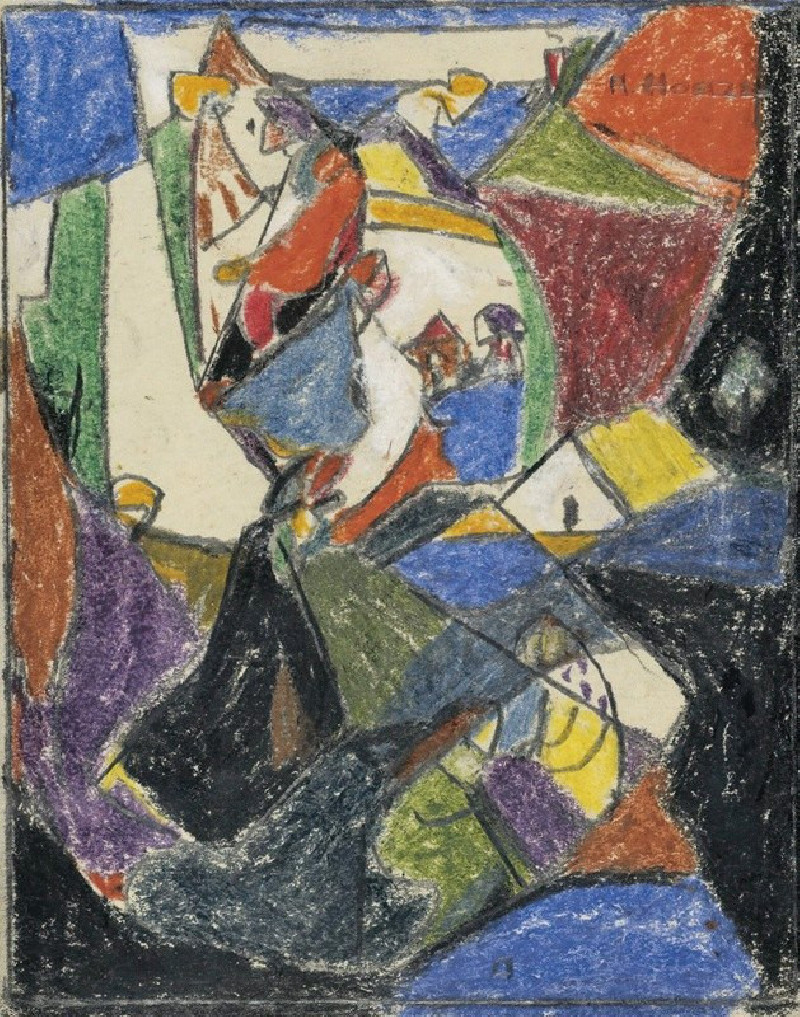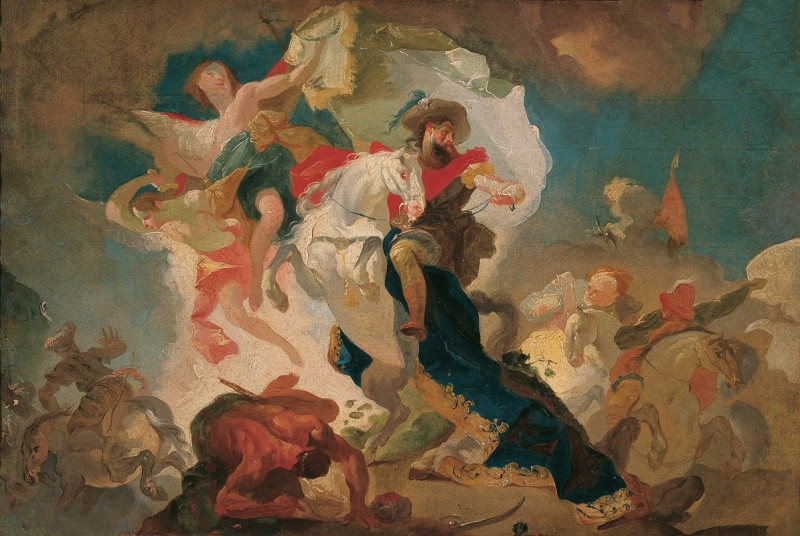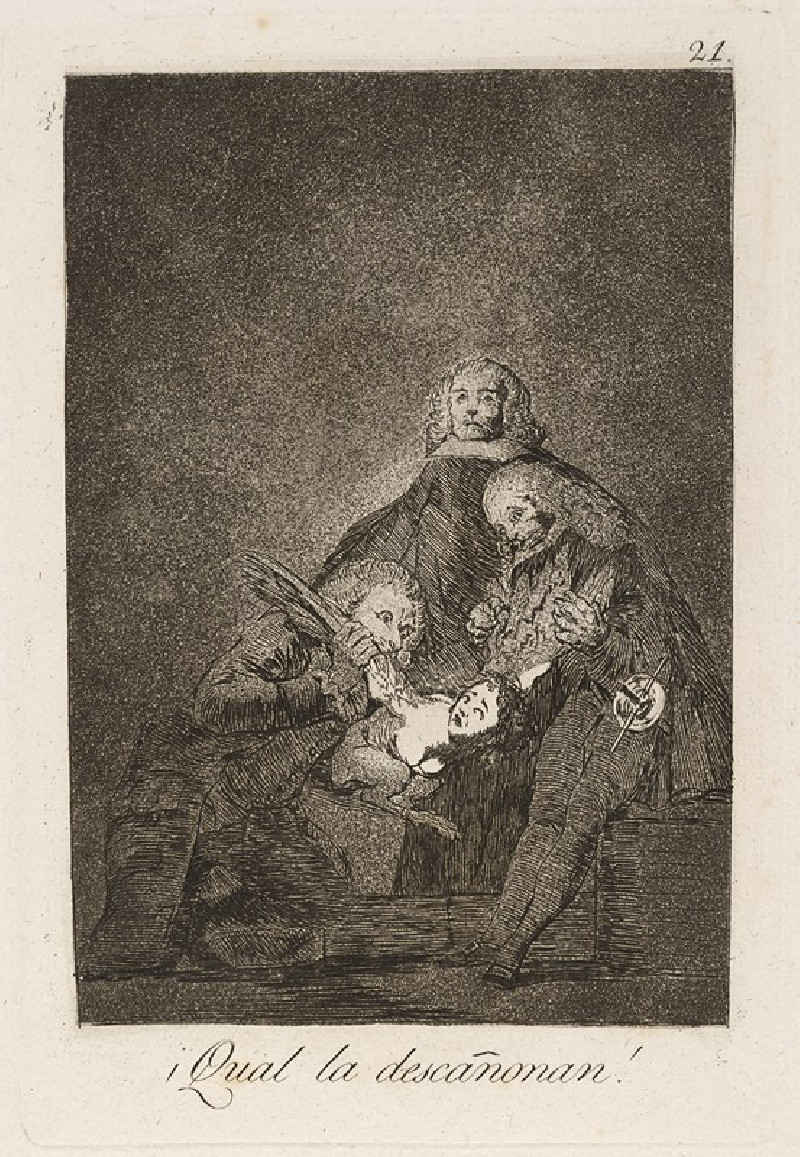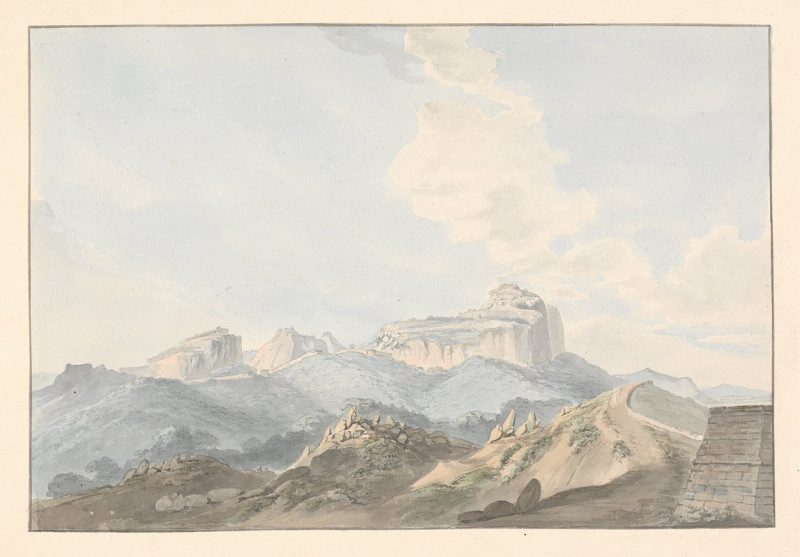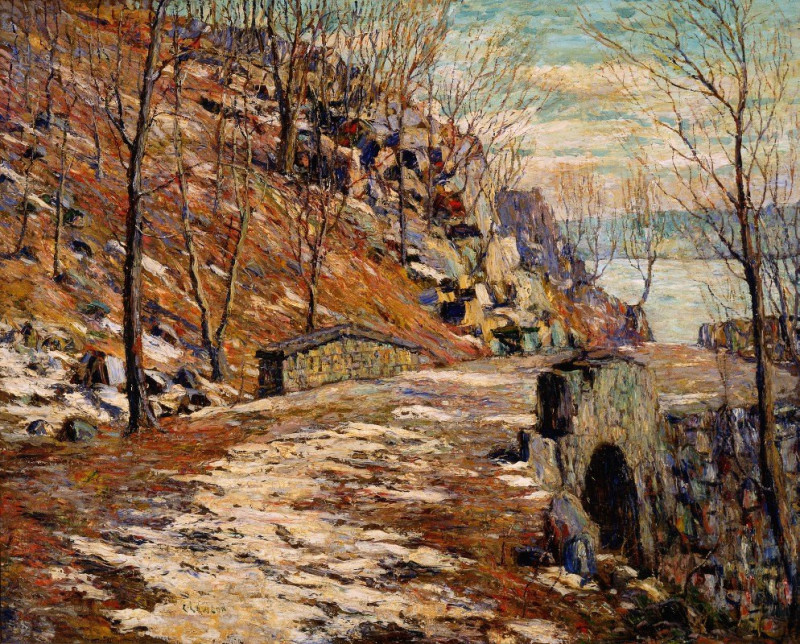Crystal gradation (1922)
Technique: Giclée quality print
Recommended by our customers
More about this artwork
Explore the intricacies of Paul Klee's "Crystal Gradation" (1922), a testament to the transformative power of color and form. This remarkable painting encapsulates Klee's fascination with the abstract, portraying a complex lattice of geometric shapes and shifting planes. The interplay of muted browns, creams, grays, and blues evokes a sense of depth and dimension that challenges the viewer's perception.Klee’s artistic expression in "Crystal Gradation" cleverly manipulates light and shadow, simulating the multifaceted surfaces of crystals. Each angular segment and layered tone contributes to a dynamic composition that seems to pulse with a life of its own. This piece beautifully exemplifies Klee's ability to blend color theory with spatial dynamics, resulting in a mesmerizing visual experience that encourages exploration and interpretation.This painting invites you to delve into a crystalline world, where each glance reveals new angles and hidden depths, illustrative of Klee’s innovative spirit and enduring influence in the realms of abstract art.
Delivery
Returns
Paul Klee was a Swiss-born German artist. His highly individual style was influenced by movements in art that included expressionism, cubism, and surrealism. Klee was a natural draftsman who experimented with and eventually deeply explored color theory, writing about it extensively; his lectures Writings on Form and Design Theory (Schriften zur Form und Gestaltungslehre), published in English as the Paul Klee Notebooks, are held to be as important for modern art as Leonardo da Vinci's A Treatise on Painting for the Renaissance.

